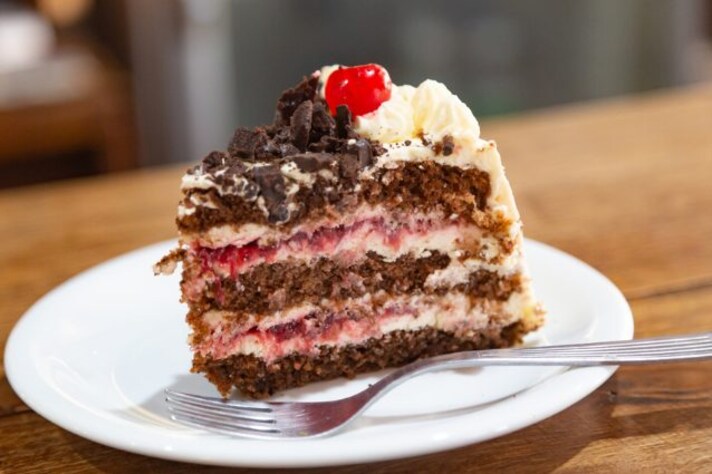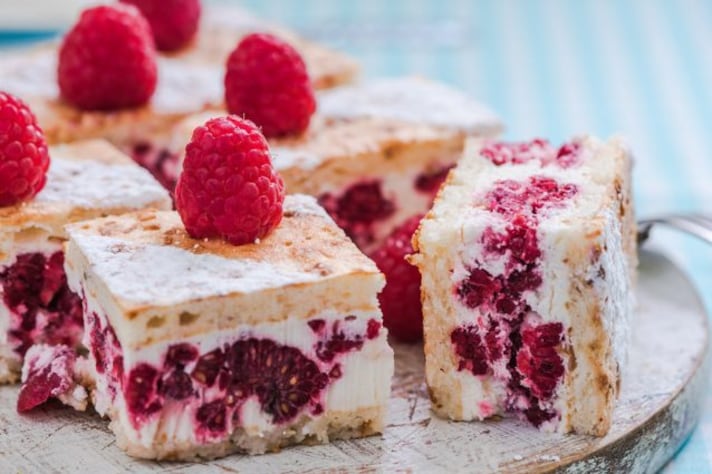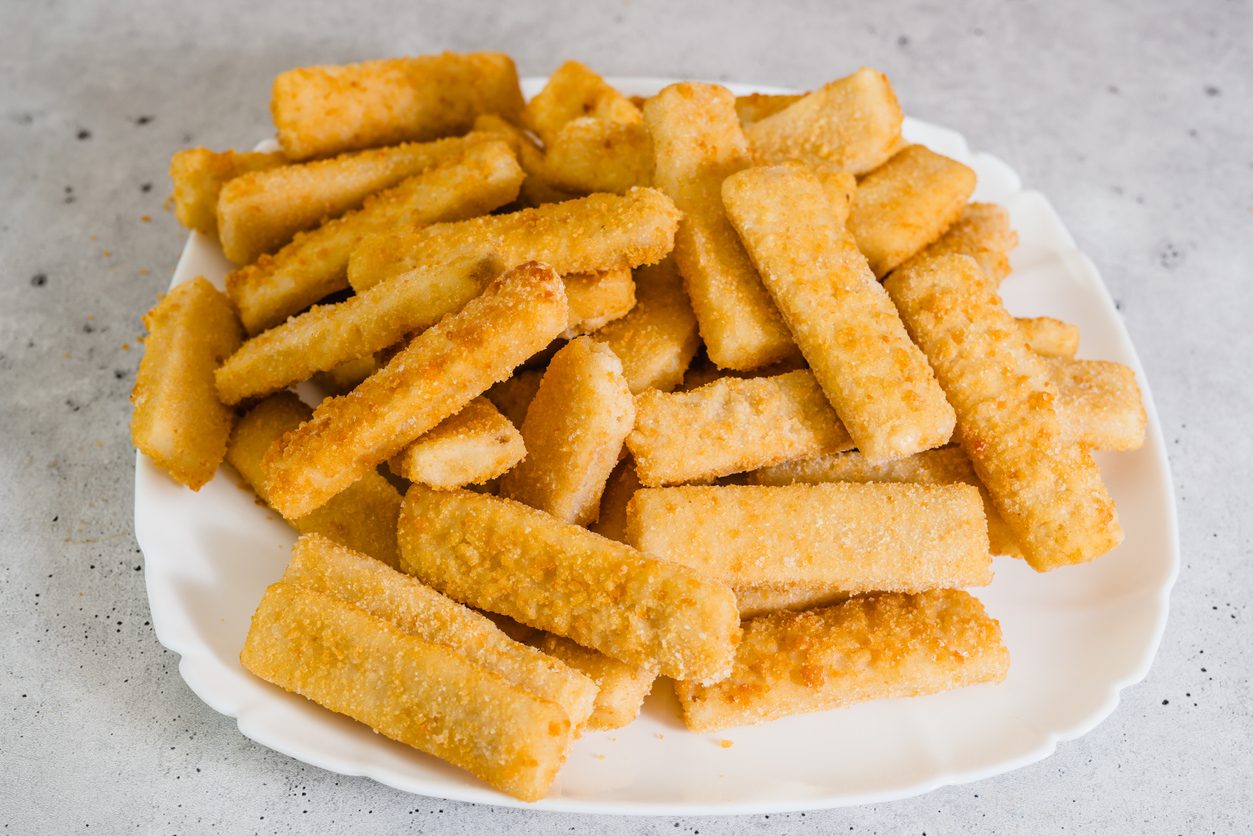Here’s Why You Should Never Bake Using Overripe Fruit
Baking with overripe fruit might seem like a clever way to avoid waste, but it often leads to soggy textures, overpowering flavors, and unbalanced recipes. As fruit breaks down, it releases excess moisture and sugar, throwing off the delicate chemistry of baked goods.

Baking is all about precision, balance, and—most importantly—flavor. And while the idea of tossing those last-legs bananas or softening berries into your batter might seem like a stroke of kitchen resourcefulness, it’s actually a fast track to disappointing results. Overripe fruit, though sweet and fragrant, can sabotage the texture, flavor, and overall integrity of baked goods in ways you might not expect. Before you mash that mushy peach into your muffin mix, let’s talk about why it’s a mistake—and what you should be doing with those past-their-prime fruits instead.
Too Much Moisture, Too Little Structure
Overripe fruit tends to be juicier than its firm, ripe counterparts. This might sound like a bonus for cakes and muffins, but in reality, it throws off the delicate balance of dry and wet ingredients in your batter. Too much liquid results in a dense, gummy, or even soggy texture, preventing your baked goods from achieving that light, fluffy rise. Unlike fresh fruit, which holds its shape and distributes moisture evenly during baking, overripe pieces break down into a syrupy mess, leaving some parts of your cake too wet while others turn out dry and crumbly.
A Funky Flavor That Overpowers Everything
Fruit naturally intensifies in sweetness as it ripens, but when it goes too far, the taste can veer into unpleasantly fermented or even sour territory. Some fruits, like bananas and pears, develop strong, almost alcoholic notes as their sugars break down, which can overwhelm the intended flavor profile of your baked goods. Instead of the bright, fresh fruitiness you’re hoping for, you could end up with a cake that tastes vaguely like it’s been sitting in the back of a brewery.

The Risk of a Ruined Texture
Not all fruits age the same way. Some, like apples and berries, turn mushy but maintain a bit of structure, while others, like peaches and plums, completely collapse into a liquidy mush. When you bake with fruit that has lost all of its texture, you risk pockets of pure moisture forming in your cakes or muffins, leading to uneven baking and even raw spots. Instead of getting juicy bursts of fruit nestled within your batter, you’re left with weirdly wet patches that make for an unpleasant bite.
Sugar Spikes That Mess with Your Recipe
Overripe fruit isn’t just wetter—it’s also sweeter. As fruit breaks down, its starches convert into sugars, which can alter the balance of your recipe. Baking already involves carefully measured sugar levels, and adding an unexpected burst of extra sweetness can throw things off. Your once perfectly balanced tart or bread could end up cloyingly sweet, making it difficult to enjoy. If a recipe calls for fresh fruit, it’s assuming a certain level of natural sugar—stray too far from that, and you’re playing with fire.
Mold, Spoilage, and the "Off" Factor
Let’s not ignore the elephant in the kitchen: food safety. Overripe fruit is often just a step away from actual spoilage. Those soft spots and bruises can harbor bacteria or mold, which may not always be visible to the naked eye. While high oven temperatures kill off most bacteria, they won’t fix the musty, off-putting flavors that can develop in fruit that’s past its prime. No one wants a loaf of banana bread that smells suspiciously like a forgotten lunchbox.

What to Do Instead: Smarter Ways to Use Overripe Fruit
Just because overripe fruit doesn’t belong in your batter doesn’t mean it has to go to waste. There are far better ways to take advantage of its ultra-soft texture and concentrated sweetness:
- Smoothies and Shakes: The high sugar content of overripe fruit makes it perfect for blending into creamy, naturally sweet smoothies. Bananas, mangoes, and berries all contribute great flavor and texture.
- Jams and Compotes: If your fruit is on its last legs, cooking it down into a spreadable jam is an excellent solution. The extra sugar won’t be a problem here, and the soft texture actually works in your favor.
- Homemade Fruit Leather: Purée overripe fruit, spread it onto a baking sheet, and dehydrate it for a delicious, no-waste snack.
- Sorbet or Ice Cream Base: Super-sweet fruit is ideal for making frozen treats—just blend, freeze, and enjoy.
- Cocktail Syrups: Muddle overripe fruit into simple syrups for drinks. That almost-fermented quality that’s a problem in baking? It’s a win in cocktails.
;Resize,width=767;)
;Resize,width=712;)


